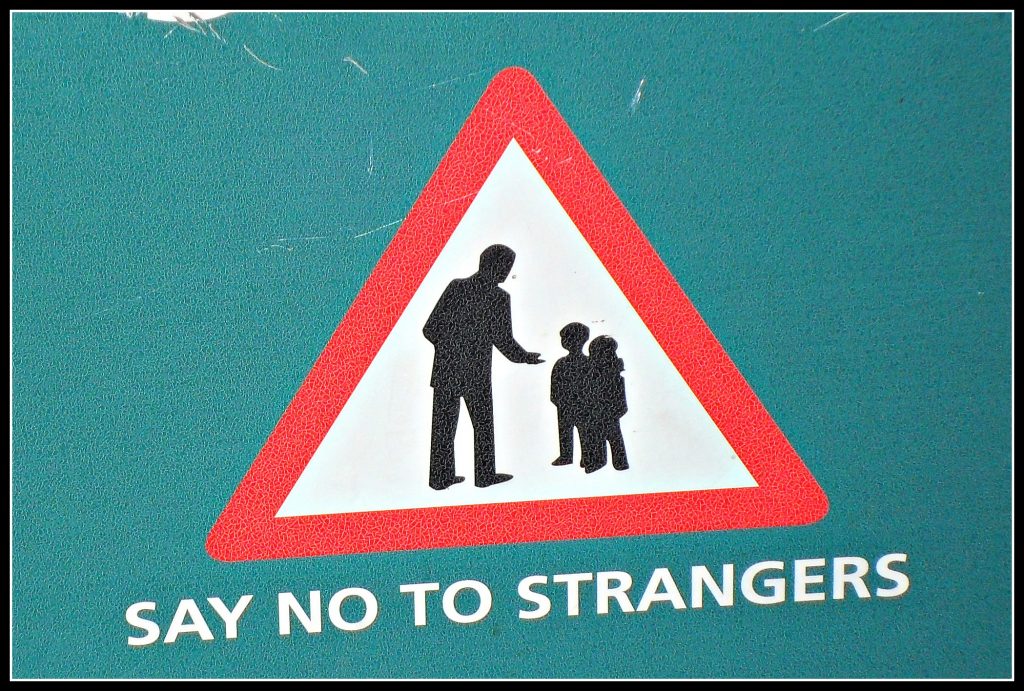Not at my 63kg weight.
I run 25c front tire at 58psi, the same pressure as rear 28c. 30/32 at 60-70psi would be brutally hard. Maybe 40-50psi would work.
I had that problem when I'm new and didn't know how to corner. I kinda knew a thing or two about counter steering. But in panic, I corrected a wide turn by turning the bar further inward hoping the bike would turn sharper following my handlebar. It's a big mistake that make the bike lean less and turn even wider.Mr.Gib wrote: ↑Wed Dec 08, 2021 12:20 amNever thought of understeer on a bike, perhaps what people mean by understeer is that their bike is running wide from the intended radius. What I have experienced is particular bikes that require what feels like too much lean in certain radii at certain speeds. It creates the sensation of choosing between sliding out and running wide. But same corner/curve, same speed, same rider, same fit, same technique, same wheels, same tires, different bike, and I have no problem making the turn/curve with room to spare. So what's the difference? By the numbers it's the trail figure.
Once I recognize that and corrected my instinct to lean the back end of the bike more inward and handlebar more outward (more counter steer) then problem vanished.








